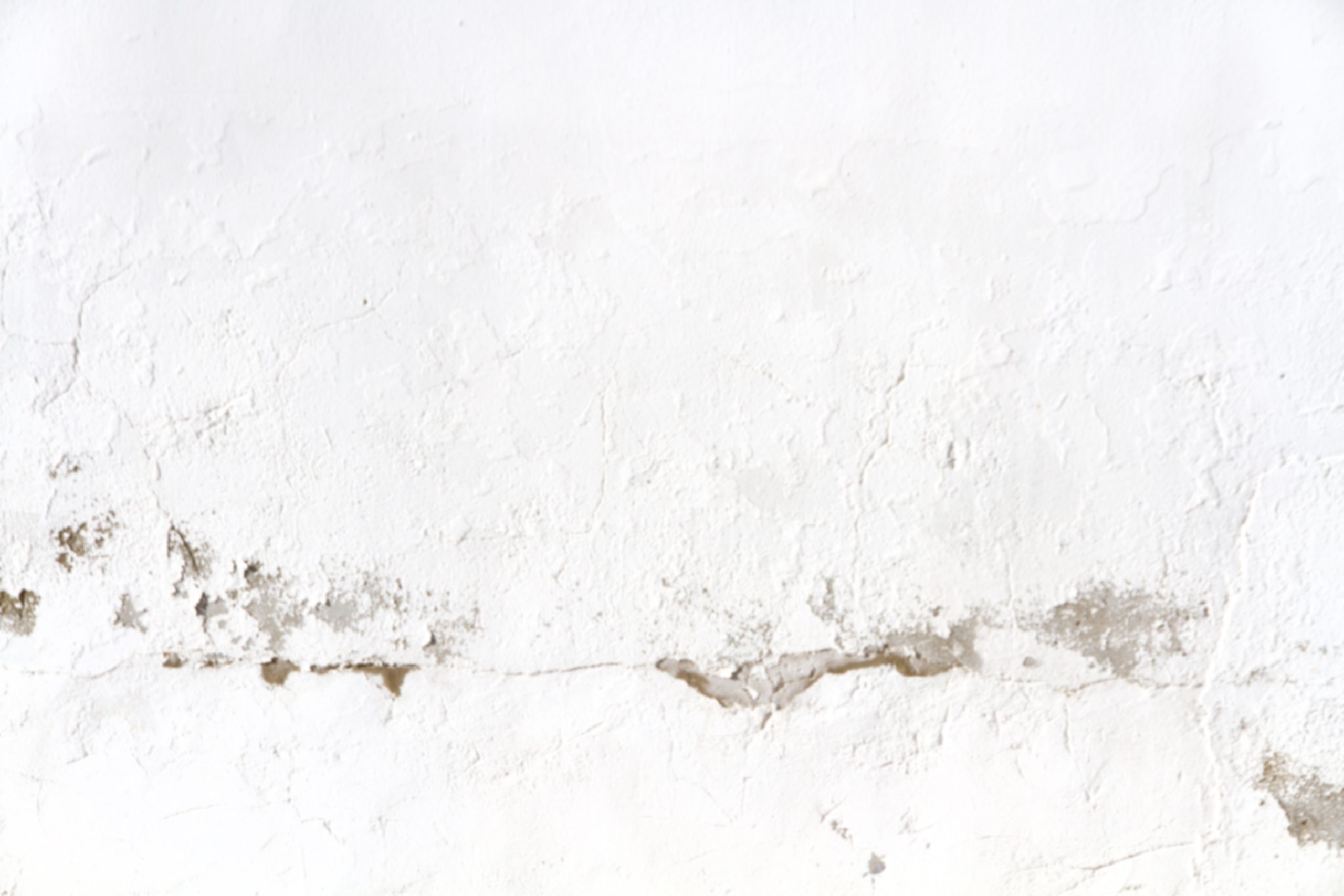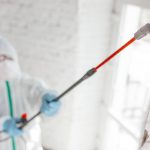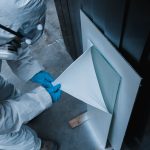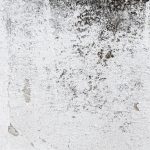
Mold can hide in places you might not expect, making it essential to know how to spot it before it becomes a bigger problem. Here’s how you can identify hidden mold in your Southwest Florida home:
- Unexplained Musty Odors: A persistent musty smell, even in the absence of visible mold, often indicates hidden mold growth.
- Water Stains and Discoloration: Stains or discoloration on walls, ceilings, or floors, particularly after water damage, can signal hidden mold behind these surfaces.
- Peeling or Bubbling Paint: Paint that’s peeling, bubbling, or cracking can be a sign of moisture build-up, which often leads to mold growth beneath the surface.
- High Humidity Areas: Rooms like bathrooms, kitchens, and basements, where humidity levels are high, are prime locations for mold to hide behind walls, under floors, or in ventilation systems.
- Health Symptoms: If you or your family experience persistent allergy-like symptoms, such as sneezing, coughing, or itchy eyes, without an apparent cause, it might be due to hidden mold in your home.
- Condensation: Frequent condensation on windows or pipes can lead to moisture buildup, providing the perfect environment for hidden mold growth.
- Recent Water Damage: If your home has experienced flooding, leaks, or any form of water damage, there’s a high chance mold could be growing in areas that were affected by water.
If you suspect hidden mold, it’s crucial to get a professional mold inspection. QCI Online offers comprehensive mold testing services in Southwest Florida, utilizing advanced techniques like thermal imaging to detect mold in hard-to-reach places. Identifying and addressing hidden mold early can prevent serious health issues and structural damage to your home.






